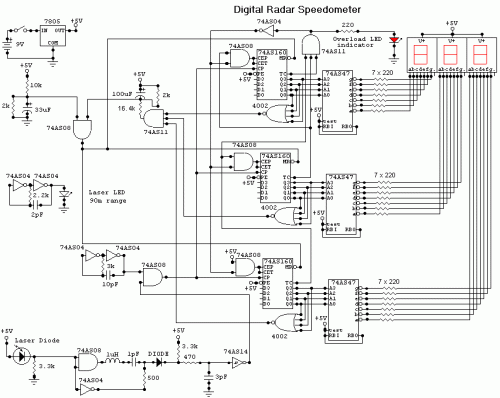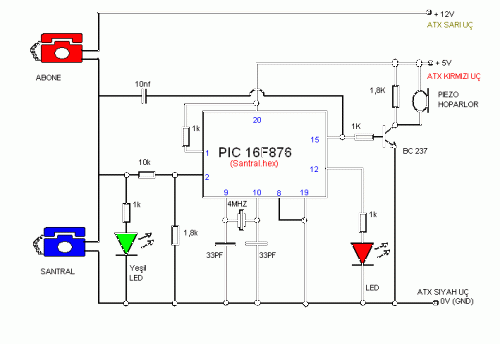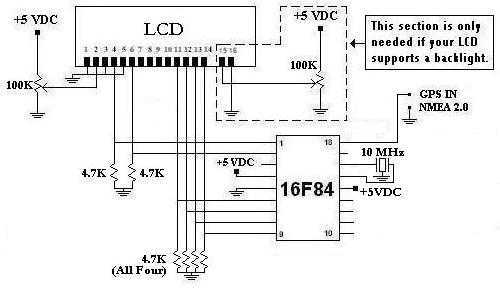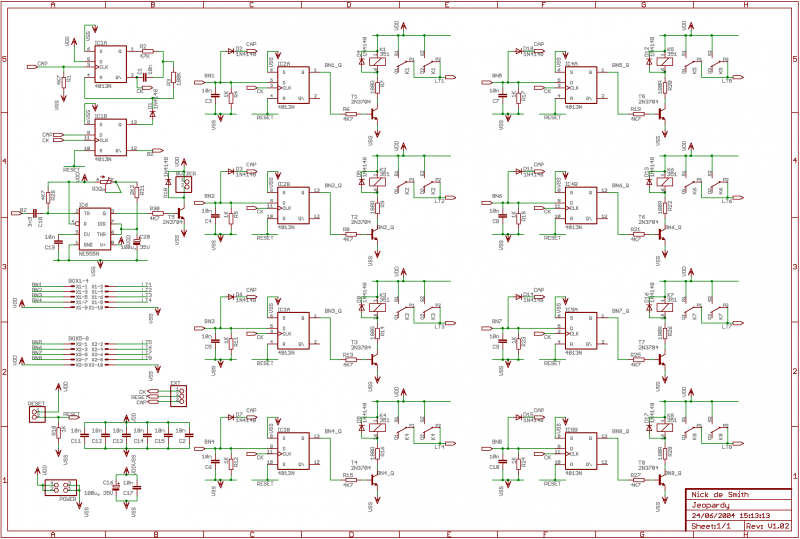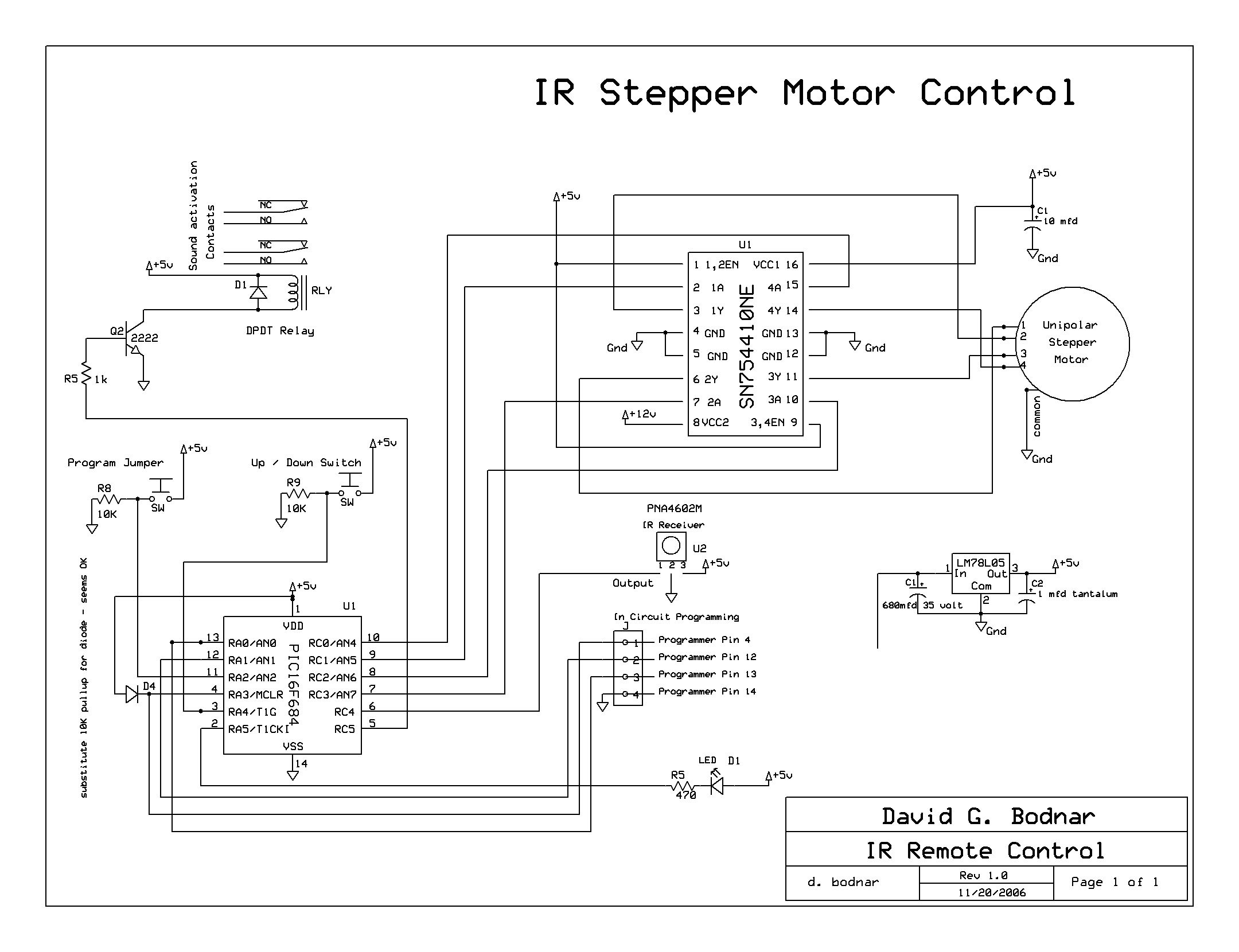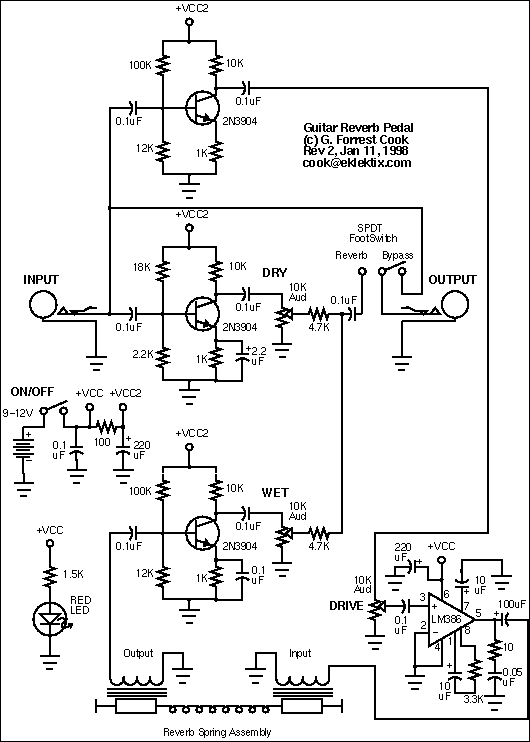
speedometer project

A simple, low-cost infrared LED speedometer is presented that can be attached to a skateboard, longboard, or bicycle to measure speed. Instructions for building, setup, and calibration are provided. When paired with an inexpensive data logger, continuous speed measurements can be collected while in use. This device serves as an engaging project for science clubs and offers an excellent introduction to scientific instrument design, testing, and calibration, allowing users to generate and analyze interesting data. The longboard skateboard with the infrared speedometer circuit is mounted underneath the board. The electronics are housed in a small die-cast box located beneath the board. Skateboarding has been popular for over 60 years, particularly since the 1970s. Recently, longboarding has gained popularity among both adults and children. Longboards feature larger wheels and wider trucks, providing greater stability for adult riders and making them more suitable for commuting and long distances. Videos on platforms like YouTube showcase individuals using longboards for 2000 km treks. Longboards, typically better constructed and larger than traditional skateboards, offer a suitable platform for developing instrumentation and measurement equipment. The project integrates science, instrumentation, and longboarding by utilizing infrared (IR) light to monitor the speed of a wheel's rotation. An IR LED emits light directed at a wheel equipped with a small reflector. As the wheel rotates, it reflects the signal back to an IR receiver. Upon receiving the IR beam, the output of the receiver briefly pulses low (0V). While these pulses are variable, they are used to trigger a timer (555 No. 2), which produces consistent duration pulses (approximately 15 ms). These positive-going pulses are averaged using a simple low-pass filter/integrator circuit (Ri and Ci), smoothing the pulses to create a DC voltage proportional to speed. Data logging enables measurements to be taken during use. A constant calibration factor (K) allows the voltage data to be converted into miles per hour (mph) or kilometers per hour (kph). The transmitter circuit consists of an astable oscillator (555 No. 1) that modulates the IR LED at 38 kHz. A standard IR LED, commonly used in remote control systems (e.g., TVs, CDs, cable), is employed. A low-cost commercially available IR detector (also used in TV remote controls) is utilized, albeit out of specification, which significantly reduces the number of required components. These detectors are sensitive to IR modulated at 38 kHz, matching the transmitter frequency. Despite their low cost, these devices feature built-in filters and tuned pre-amplifiers for enhanced stability and sensitivity. This project leverages reliable remote control technology, offering better noise immunity than visible light beam circuits. The circuit utilizes two separate 555 timers for ease of troubleshooting, although a dual 556 timer could be employed for compactness. All components are inexpensive and readily available. While none of the components are highly critical, high-quality components should be used for timing capacitors (e.g., metallized polyester for the 1nF and 0.22µF capacitors). The total cost of electronic components is approximately £10 or €10. It is also possible to repurpose parts from old CDs or TVs to obtain both the IR transmitter LED and detector IC. Alternatively, specialized frequency-to-voltage (e.g., LM331) or tachometer (e.g., LM2917) integrated circuits could be used instead of the second 555 timer, likely resulting in a more linear and broader output.
The design of the infrared LED speedometer circuit emphasizes simplicity and cost-effectiveness while providing accurate speed measurements. The integration of the 555 timer ICs for both modulation and timing functions streamlines the design, making it accessible for hobbyists and educational projects. The use of an IR LED and detector capitalizes on existing technology from remote control systems, ensuring reliability and performance without the need for complex optical systems.
The calibration process is straightforward, allowing users to adjust the system to provide accurate readings in either mph or kph based on the specific application. The incorporation of a data logger facilitates ongoing speed monitoring, making the device suitable for various activities, including recreational longboarding or commuting.
This project not only serves as a practical application of physics and engineering principles but also encourages experimentation and innovation in the field of instrumentation. By using common components and providing detailed instructions, the project is designed to be approachable for individuals with varying levels of experience in electronics, making it an excellent educational tool for aspiring physicists and engineers.A simple low cost Infrared LED speedometer is described that can be fitted to a skateboard, longboard or even a bicycle to measure speed. Notes on building, setting-up and calibration are given. When used with a low cost data logger continuous measurements of speed can be made while out-and-about.
The device forms an interesting science club project and would be a great introduction to potential physicists and engineers to scientific instrument design, testing and calibration as well as to generate lots of their own interesting data to analyse. Fig. 1. Longboard skateboard with IR speedometer circuit attached underneath the board. The electronics is housed in the small di-cast box under the board (right). Skateboarding has been around for at least 60 years but in its popular form since the seventies [1]. Recently longboarding has started to become popular with adults as well as with children [1]. The longboard has larger wheels and wider trucks than skateboards making it more stable for adults as well as better equipped for commuting and long trips.
YouTube videos show that people are now using longboards on 2000 km treks! [2]. As longboards are generally better made and larger than skateboard they are easier structures on which to develop instrumentation and measurement equipment. It`s great fun to combine science, instrumentation and longboarding. Here we use Infrared (IR) light to monitor the speed of rotation of one of the wheels. Light from an IR LED is directed at one of the wheels. The wheel has a small reflector fixed to it (see below) and when it rotates into position it reflects a signal back to an IR receiver.
On reception of the IR beam the receiver o/p pulses low (0V) for a short period. These pulses are too variable to monitor directly but we use them to trigger a timer (555 No. 2) which produces pulses of regular duration (ca. 15 ms, see below). These positive going pulses are then averaged using a simple low pass filter / integrator circuit (Ri and Ci) which smoothes the pulses creating a DC voltage proportional to speed. Data Logging allows measurements to be made out-and-about. A simple constant calibration (K) allows the voltage data to be converted into mph or kph etc. The transmitter circuit consists of an astable oscillator (555 No. 1) which pulses (modulates) the IR LED at 38 kHz. We use a standard IR LED as used in remote control systems (e. g. TV, cd, cable etc. ). A cheap commercially available IR detector (as used in TV remote control systems) is used (Note: we are using this device out-of-spec but its use greatly reduces the components needed).
These are sensitive to IR modulated at 38 kHz (hence the Tx frequency). Although these devices are very cheap they have built-in filters and tuned pre-amps to give good stability and sensitivity. We make use of this reliable remote control spin-off technology which provides much better noise immunity than a visible light beam circuit.
The circuit involves a straight forward use of the ubiquitous 555 timer. I used two separate 555 for my prototypes, to help in fault finding, but a double 556 timer could be used for compactness. All the components are cheap and easy to obtain. None of the components are very critical but good quality components should be used for the timing capacitors (e.
g. use metallised polyester for the 1nF and 0. 22uF capacitors). The total cost of the electronic components should be about 10 pounds / Euros. You might even be able to take an old cd or TV and controller apart to use both the IR transmitter LED and detector IC etc. Note: A specialised frequency-to-voltage (e. g. LM331) or techometer (e. g. LM2917) IC could have been used instead of the second 555 timer. This would probably produce a more linear and wider 🔗 External reference
The design of the infrared LED speedometer circuit emphasizes simplicity and cost-effectiveness while providing accurate speed measurements. The integration of the 555 timer ICs for both modulation and timing functions streamlines the design, making it accessible for hobbyists and educational projects. The use of an IR LED and detector capitalizes on existing technology from remote control systems, ensuring reliability and performance without the need for complex optical systems.
The calibration process is straightforward, allowing users to adjust the system to provide accurate readings in either mph or kph based on the specific application. The incorporation of a data logger facilitates ongoing speed monitoring, making the device suitable for various activities, including recreational longboarding or commuting.
This project not only serves as a practical application of physics and engineering principles but also encourages experimentation and innovation in the field of instrumentation. By using common components and providing detailed instructions, the project is designed to be approachable for individuals with varying levels of experience in electronics, making it an excellent educational tool for aspiring physicists and engineers.A simple low cost Infrared LED speedometer is described that can be fitted to a skateboard, longboard or even a bicycle to measure speed. Notes on building, setting-up and calibration are given. When used with a low cost data logger continuous measurements of speed can be made while out-and-about.
The device forms an interesting science club project and would be a great introduction to potential physicists and engineers to scientific instrument design, testing and calibration as well as to generate lots of their own interesting data to analyse. Fig. 1. Longboard skateboard with IR speedometer circuit attached underneath the board. The electronics is housed in the small di-cast box under the board (right). Skateboarding has been around for at least 60 years but in its popular form since the seventies [1]. Recently longboarding has started to become popular with adults as well as with children [1]. The longboard has larger wheels and wider trucks than skateboards making it more stable for adults as well as better equipped for commuting and long trips.
YouTube videos show that people are now using longboards on 2000 km treks! [2]. As longboards are generally better made and larger than skateboard they are easier structures on which to develop instrumentation and measurement equipment. It`s great fun to combine science, instrumentation and longboarding. Here we use Infrared (IR) light to monitor the speed of rotation of one of the wheels. Light from an IR LED is directed at one of the wheels. The wheel has a small reflector fixed to it (see below) and when it rotates into position it reflects a signal back to an IR receiver.
On reception of the IR beam the receiver o/p pulses low (0V) for a short period. These pulses are too variable to monitor directly but we use them to trigger a timer (555 No. 2) which produces pulses of regular duration (ca. 15 ms, see below). These positive going pulses are then averaged using a simple low pass filter / integrator circuit (Ri and Ci) which smoothes the pulses creating a DC voltage proportional to speed. Data Logging allows measurements to be made out-and-about. A simple constant calibration (K) allows the voltage data to be converted into mph or kph etc. The transmitter circuit consists of an astable oscillator (555 No. 1) which pulses (modulates) the IR LED at 38 kHz. We use a standard IR LED as used in remote control systems (e. g. TV, cd, cable etc. ). A cheap commercially available IR detector (as used in TV remote control systems) is used (Note: we are using this device out-of-spec but its use greatly reduces the components needed).
These are sensitive to IR modulated at 38 kHz (hence the Tx frequency). Although these devices are very cheap they have built-in filters and tuned pre-amps to give good stability and sensitivity. We make use of this reliable remote control spin-off technology which provides much better noise immunity than a visible light beam circuit.
The circuit involves a straight forward use of the ubiquitous 555 timer. I used two separate 555 for my prototypes, to help in fault finding, but a double 556 timer could be used for compactness. All the components are cheap and easy to obtain. None of the components are very critical but good quality components should be used for the timing capacitors (e.
g. use metallised polyester for the 1nF and 0. 22uF capacitors). The total cost of the electronic components should be about 10 pounds / Euros. You might even be able to take an old cd or TV and controller apart to use both the IR transmitter LED and detector IC etc. Note: A specialised frequency-to-voltage (e. g. LM331) or techometer (e. g. LM2917) IC could have been used instead of the second 555 timer. This would probably produce a more linear and wider 🔗 External reference
